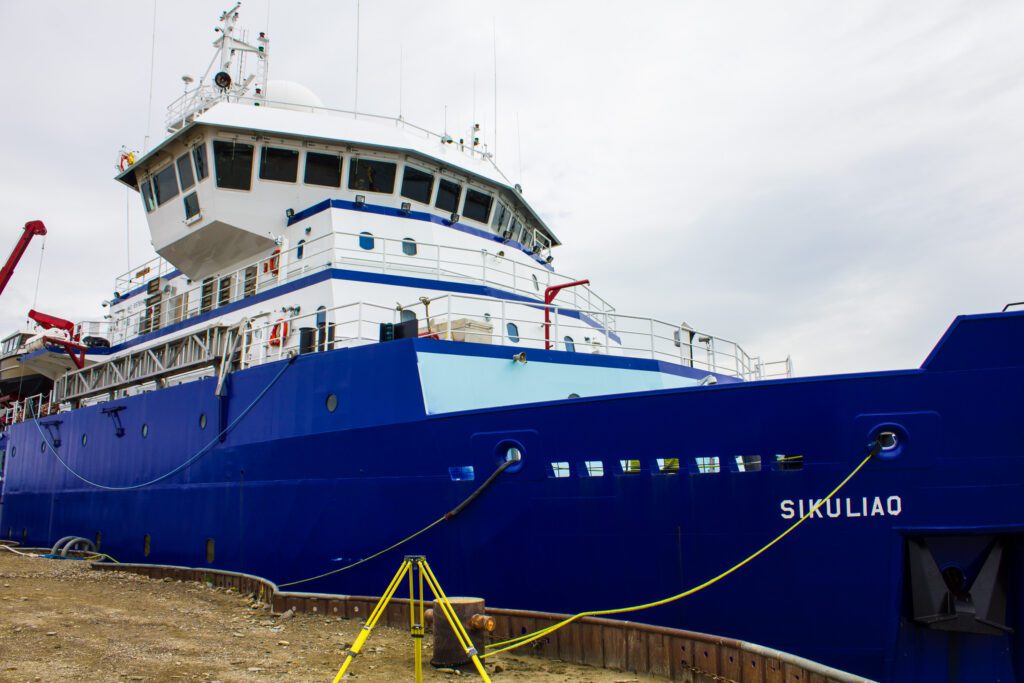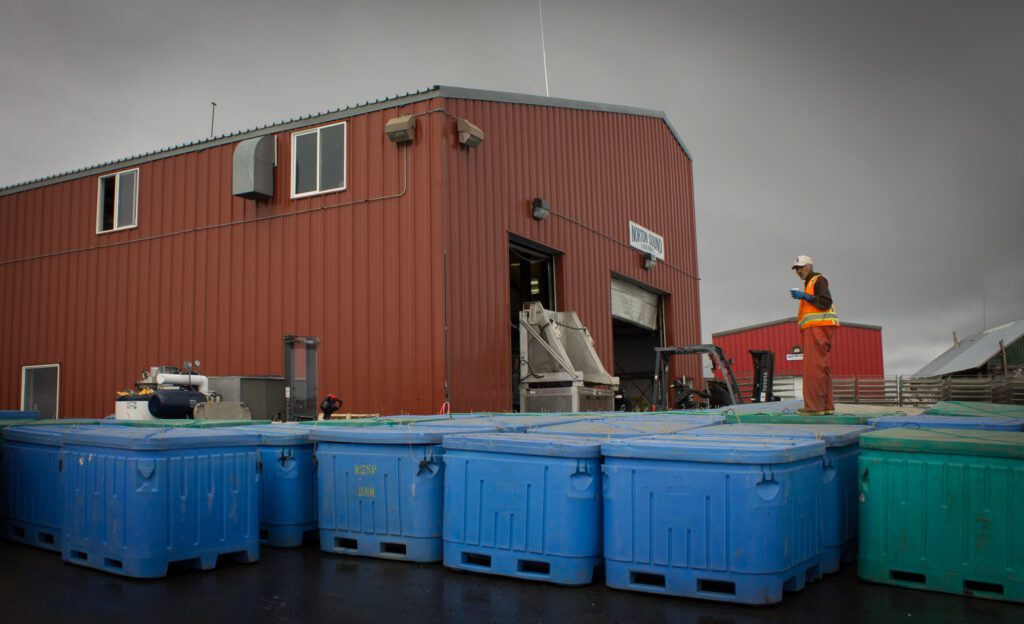After last year’s warmer winter and over 218 days of above average temperatures, western Alaska could be in store for above average precipitation this winter, says climate science expert Rick Thoman. At this point, Thoman says, odds slightly favor significantly above normal snowfall.
Last year’s warmer winter is partially a result of El Niño, a mass of warm water that bounces back from Australia and spreads along the United States’ west coast. This year, we’ll see a La Niña, El Niño’s opposite. Historically, La Niña has no track record of increased or decreased precipitation for Alaska, but statistically, it’s brought colder temperatures. In addition to statistics, weather professionals like Thoman use an extensive series of models to make predictions. The National Weather Service runs more than a hundred different models. After reading them, “you see what kind of patterns come out of that. The idea is that when we have a large number of simulations, they would converge on predictable signals.”
This year, the models are predicting a colder winter. But the degree to which it cools down is dependent on the Bering Sea. If sea temperatures are too high, the increased chance of precipitation could manifest itself in rain. Due to the fluidity of weather systems, it’s possible that those rain storms could travel south, bringing more precipitation to the air. In return, that added precipitation could come back to us as heavy snow storms.
According to Thoman, the Bering Sea is a relatively shallow one, “with sea surface temperatures so warm around Alaska that will act as something of a break; but, the Bering Sea is a shallow sea. If we get the right weather pattern, we will get it back down, and the Bering Sea will ice up.”
Thoman doesn’t worry about outlier years with unusually warm water. Warmer summer waters generally are not a causal link to guaranteeing warmer winters or a lack of sea ice.
He looks at how the year’s sea temperature coincides with the long term normal. Deviation in sea temperature can be severely affected by weather patterns like wind.
“The quality of the ice is dependent on many factors, (like) the winds that occur. Also, the persistence of winds from the same direction have an impact on the ice quality, that can impact where leads in the ice persist, precipitation, currents, of course, and how those change over the course of the winter — all those things can affect the quality of the ice.”
Although the Arctic Basin has seen a decline in total sea ice, Thoman says waters closer to home reject the larger trend. “For the Bering Sea, there’s actually no trend, at all; the most extensive ice coverage in the satellite era — so that’s since 1979 — actually occurred in 2012, and the least coverage occurred in the spring of 2015.”
The amount and quality of sea ice will go on to affect Alaskans in a multitude of ways. On average, the Seward Peninsula’s first snow of the season arrives by October 20th.







